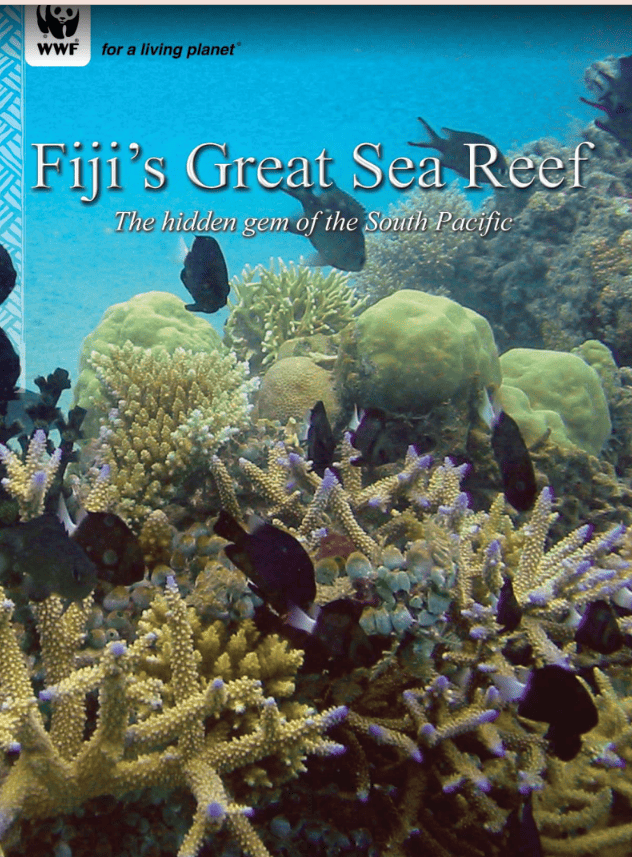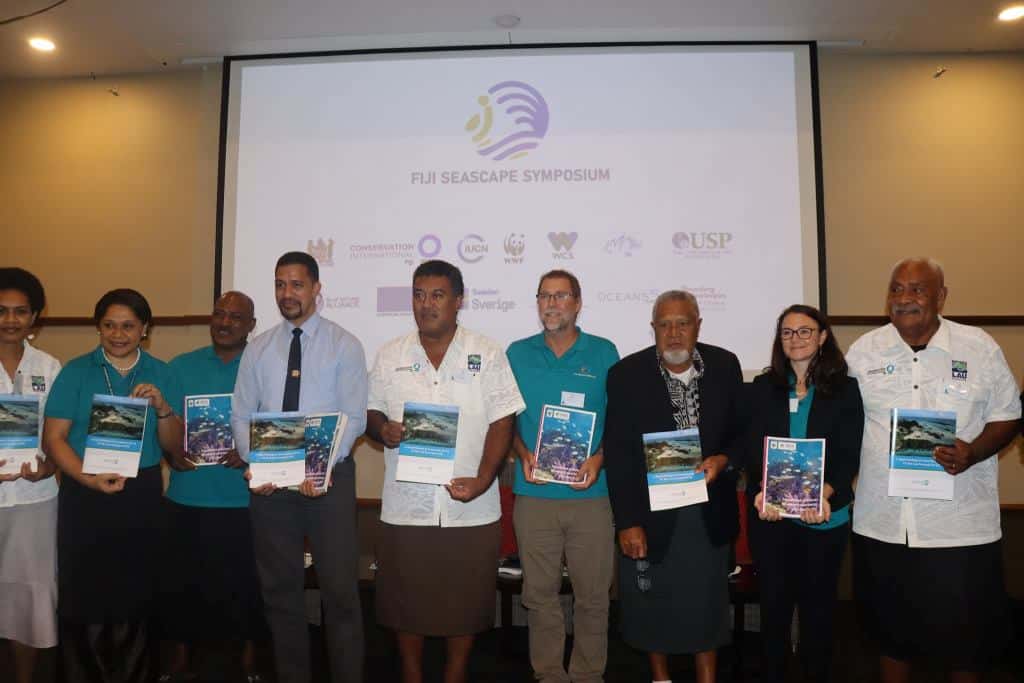Additional marine protected areas and new fishing limitations should be implemented if the steep decline in fish stocks on the Fiji Great Sea Reef are to be arrested, a latest study on the world’s third largest barrier reef system has revealed.
Conducted by a group of marine scientists at the international environmental organisation, WWF, the report recommends that existing marine protected areas should be expanded, and new effective conservation measures implemented.
In addition, existing fishing limitations as in fish sizes, closure seasons and species harvest bans needed to be adhered to, and additional measures introduced, like further fisheries closure seasons for target groups, restrictions of damaging fishing gear and increasing minimum capture size limits for some fish species. WWD also recommends complete harvest bans for rare species like humphead wrasse, bumphead parrotfish, camouflage grouper and turtles.
Such increased fishing restrictions are needed in light of the severe decline in fish population along Cakau Levu, the Great Sea Reef that stretches for over 450 kilometres encompassing the northern and western coasts of Fiji’s two main islands, observed the WWF report.
There was a 33% decline in fish abundance, as well as a decline in fish sizes. This was particularly true for snapper, grouper, parrotfish and sweetlips.
Over 5km2 of mangrove forest were reported to have been lost between 1996 – 2016, the study also revealed.
The greatest mangrove area lost was recorded in the Ba Province, with the lowest in Macuata, on Vanua Levu island. The WWF study recommended improved legal protection and increased restoration as the way forward.
Hard coral cover in the Great Sea Reef was said to be stable at 34%. “Its been mostly stable since the early 2000s,” the report states.
Greatest coral cover was found around Yadua Island, adjacent to the island of Yaduataba, the home of the endemic Vokai, Fiji’s crested iguana.
However pollution remains a threat, the study said, especially from coastal developments and mining.
On increasing fisheries management and sustainability along the Great Sea Reef, WWF says locally marine managed areas is the way to go, and suggested more work in this area with the guidance of the NGO, FLMMA, the Fiji Locally Marine Managed Areas.
“These efforts need to be stepped up to expand to qoliqoli within the GSR (Great Sea Reef) that do not already have LMMAs, but also evaluate the effectiveness of the existing LMMAs (Locally Marine Managed Areas) to support increased fish biomass.
“This could include reviewing minimum size limits for fish, adjusting fisheries closure seasons, or increasing the size or closure duration of tabu areas. Communities implementing LMMAs should agree on targets for fish biomass they wish to achieve to underpin sustainable fisheries.
“These should be set based on maintaining ecosystem function for reef areas open to sustainable fishing (e.g. 500 kg/ha), and greater fish biomass targets for areas fully closed to fisheries.
“A monitoring, evaluation, and learning program is needed to help measure whether conservation activities are achieving their desired outcomes in the GSR. This should include regular monitoring surveys using standardized methods such as those in this report, supplemented by new methods that allow for additional insights.”
The WWF study on the Great Sea Reef was released at the Fiji Seascape Symposium that will end in Suva later today.
The study was done in 2019, but its release was delayed by the COVID-19 pandemic lockdowns.
Launching the WWF report, Permanent Secretary of Fisheries, Pene Baleinabuli welcomed the study, saying it was the kind of collaboration his Ministry encourages between government and the non-government sector.

